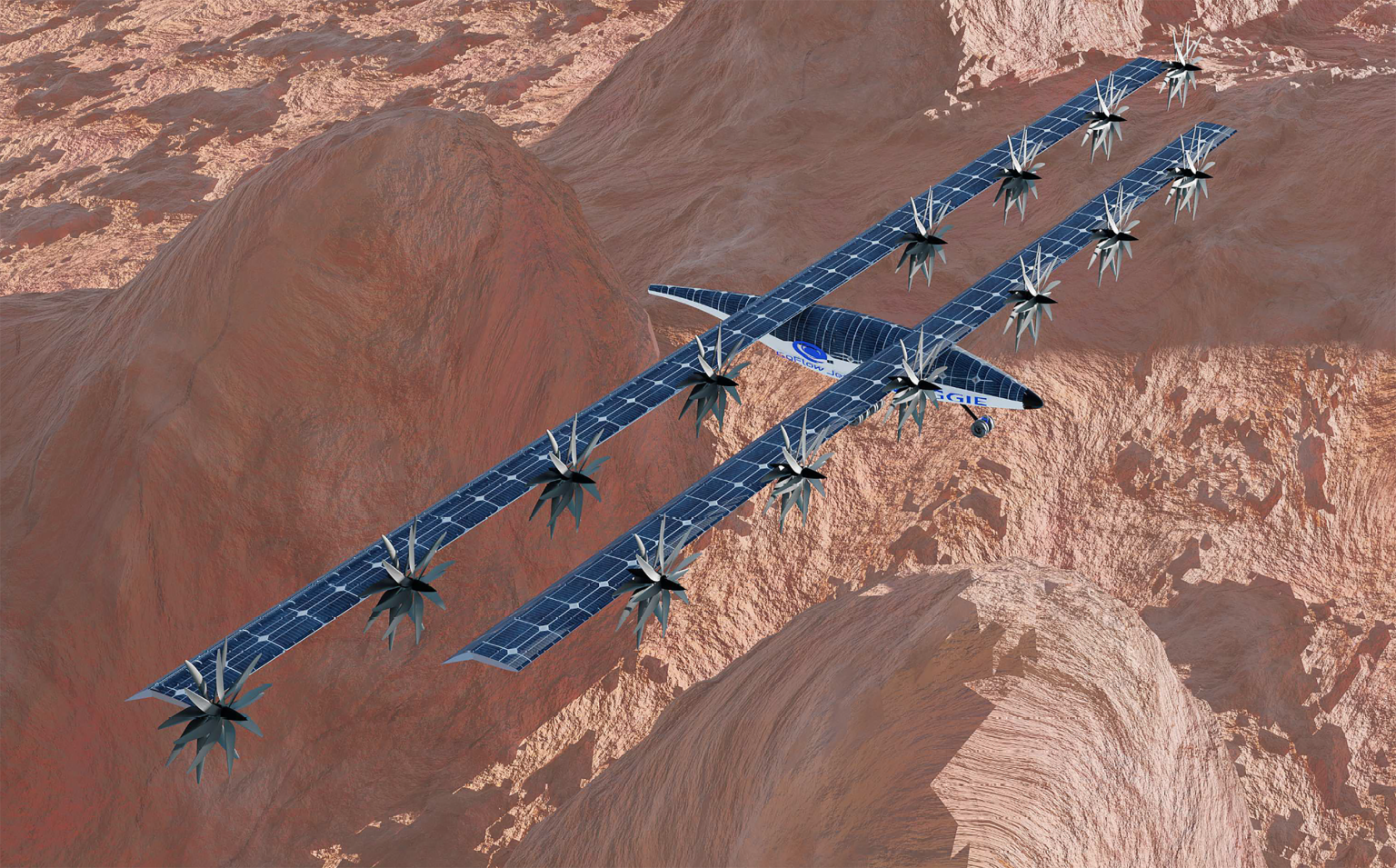Rainbows are basically a common atmospheric optical phenomenon. They appear in the sky just as the rain clears and the sun peeks out. These are created from the refraction and reflection of light by liquid water drops.
If you also love to look at these wonders in the sky, there is a good news!
According to a new study by researchers at the University of Hawai’i (UH) at Manoa, climate change will produce more rainbows in many places around the world.
“Living in Hawai’i, I felt grateful that stunning, ephemeral rainbows were a part of my daily life,” said the lead author of the study, Kimberly Carlson. “I wondered how climate change might affect such rainbow-viewing opportunities.”
The study suggests that by 2100, the average land location on Earth will have nearly 5% more rainbow days in comparison to the beginning of this 21st century.
Mapping rainbows
For knowing the impacts of climate change on the rainbows, they formed a global database of rainbow photos. Researchers then developed a rainbow prediction model based on precipitation rates, the elevation of the land, cloud cover, and other conditions such as the sun’s angle.
The model suggests that islands are rainbow hotspots
“Islands are the best places to view rainbows,” according to Steven Businger, professor of Atmospheric Sciences. “This is because island terrain lifts the air during daily sea breezes, producing localized showers surrounded by clear skies that let the sun in to produce majestic rainbows.”
Researchers explained, “Our results underscore the fact that climate change will alter not just tangible earth system dynamics with clear socio-economic implications, but also parts of the earth system that we cannot touch, and that may affect us in more subtle ways,” “Other non-tangibles will be affected by a changing climate.”
The study was published in the journal Global Environmental Change.







